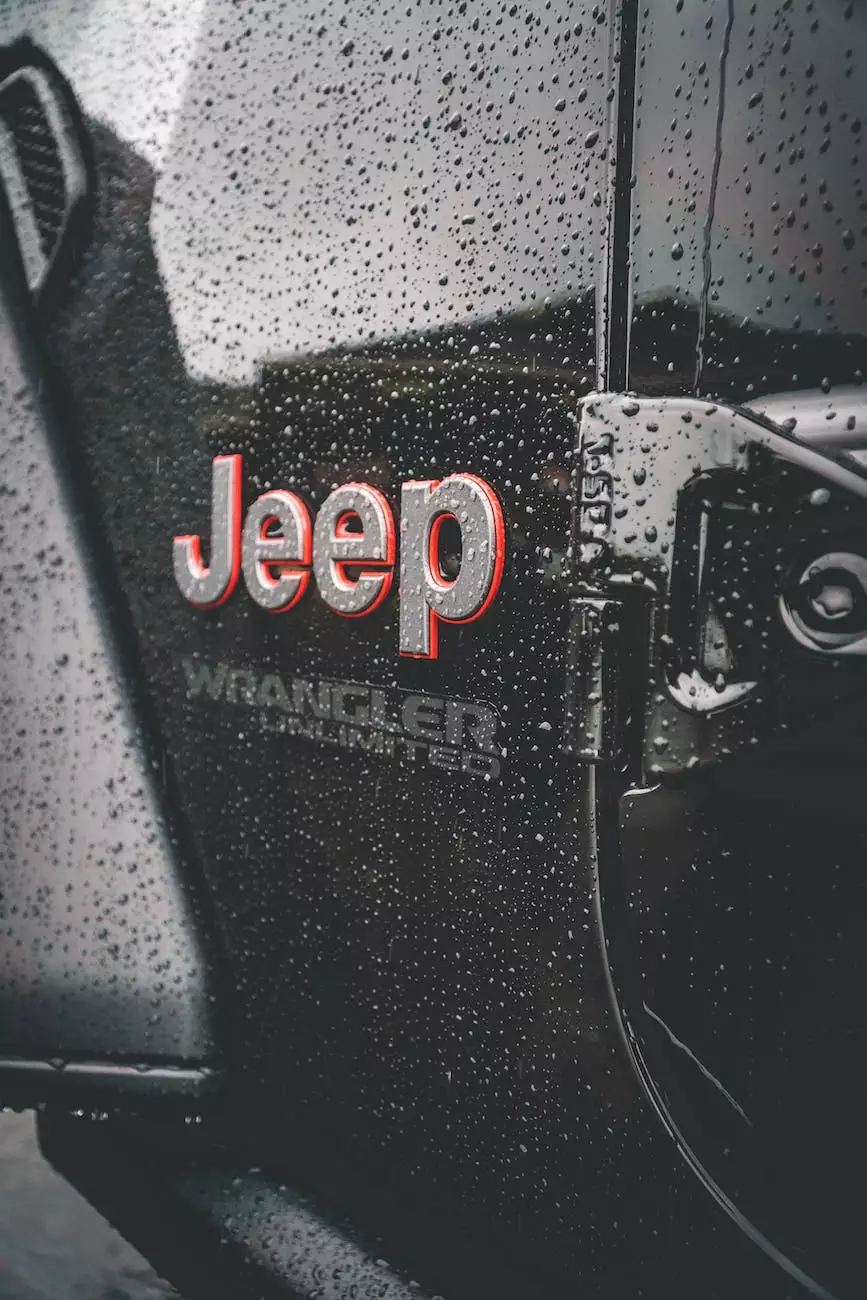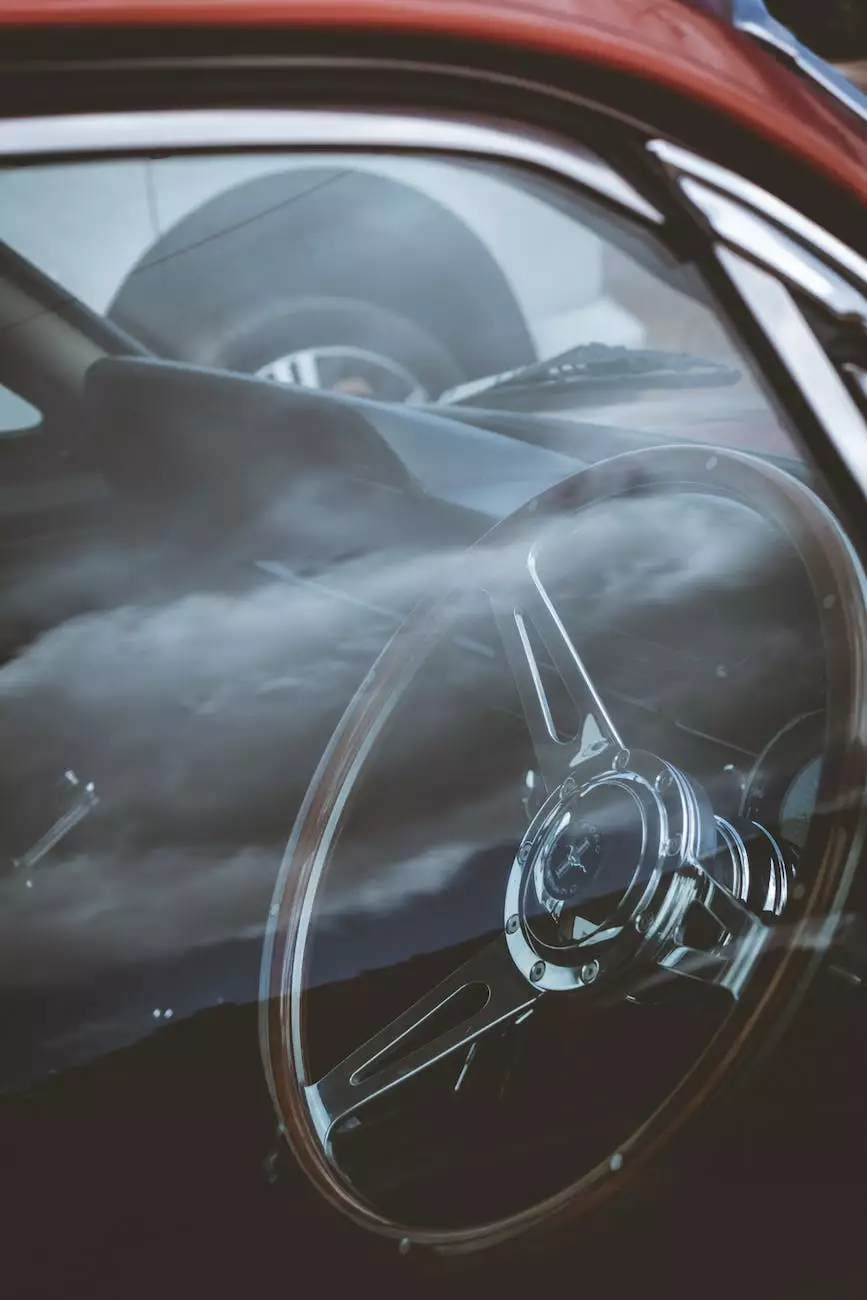Throttle Linkages Binding | Engine Problem
Chassis
Welcome to Grafco Electric, your trusted source for all your engine-related queries and solutions. In this comprehensive guide, we will dive deep into the intricacies and challenges associated with throttle linkages binding in engines. Whether you are a DIY enthusiast or a professional mechanic, this content is designed to equip you with the knowledge and expertise to handle this issue effectively.
Understanding Throttle Linkages Binding
Throttle linkages binding can be a frustrating problem that affects the performance and efficiency of your engine. It refers to the issue where the throttle linkages, responsible for connecting the throttle pedal to the throttle body, get stuck or fail to move smoothly. This can lead to various symptoms such as delayed throttle response, erratic idling, decreased fuel efficiency, and even engine stalling.
Common Causes of Throttle Linkages Binding
Several factors can contribute to throttle linkages binding. Identifying the root cause is crucial for addressing the issue effectively. Here are some common causes:
- Dirt, debris, or grime buildup: Over time, dirt and debris can accumulate within the throttle linkages, leading to friction and restricted movement.
- Corrosion or rust: Exposure to moisture and harsh environmental conditions can cause corrosion or rust on the throttle linkages, hindering their smooth operation.
- Worn-out or damaged components: Continuous usage and lack of maintenance can result in worn-out or damaged components within the throttle linkages, causing binding issues.
- Incorrect lubrication: Inadequate or improper lubrication of the throttle linkages can lead to increased friction and binding.
- Improper installation: If the throttle linkages are not installed correctly, misalignment or incorrect positioning can cause binding.
How to Resolve Throttle Linkages Binding
Now that we understand the causes, let's explore the steps to resolve throttle linkages binding:
Step 1: Inspection and Cleaning
Begin by thoroughly inspecting the throttle linkages for any dirt, debris, or signs of corrosion. Use a suitable cleaning agent and a soft brush to remove any buildup. Ensure all components are properly cleaned and dried before moving to the next step.
Step 2: Lubrication
Applying a high-quality lubricant specifically designed for throttle linkages is crucial to ensure smooth movement and prevent future binding. Take care to lubricate all relevant components, paying attention to areas prone to friction.
Step 3: Component Replacement
If the inspection reveals worn-out or damaged components, it is advisable to replace them promptly. Consult your engine's manual or seek professional assistance to identify the correct replacement parts and ensure proper installation.
Step 4: Regular Maintenance
To prevent future instances of throttle linkages binding, it is essential to incorporate regular maintenance into your engine care routine. This includes periodic cleaning, lubrication, and thorough inspections to detect any issues at an early stage.
Professional Assistance and Further Guidance
If you encounter difficulties in resolving throttle linkages binding or require expert assistance, Grafco Electric is here to help. Our team of experienced technicians possesses in-depth knowledge and expertise in engine-related issues, including throttle linkages binding. Feel free to reach out to us for personalized guidance and solutions tailored to your specific needs.
Conclusion
Throttle linkages binding can be a frustrating and performance-affecting problem in engines. By understanding the common causes and following the appropriate steps for resolution, you can effectively address this issue. Regular maintenance and attention to detail are key to preventing future occurrences. Remember, if you need further assistance, Grafco Electric is your reliable partner in engine care.




